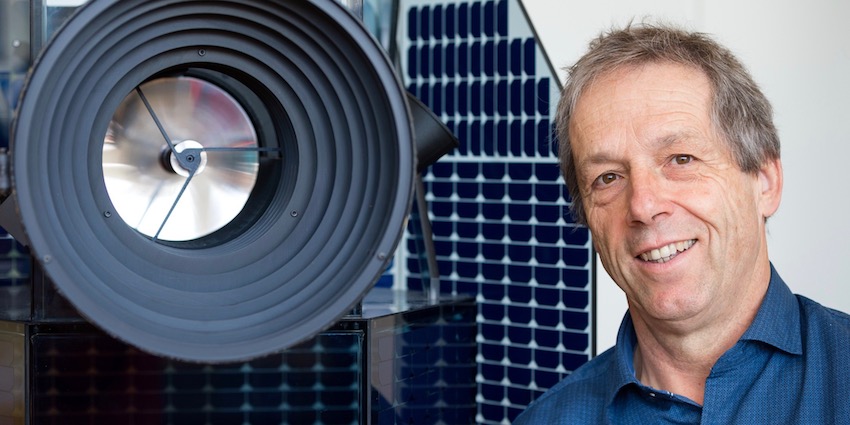Editorial


Professor Willy Benz, director of the NCCR PlanetS (SPACE/UNIBE/Alessandro Della Bella).
Dear Reader
In this issue of the Observer, we wished to be closer and more personal than usual. In particular, we would like to introduce the people responsible for the day-to-day operations of our CHEOPS satellite. Their daily work, essentially from home during this pandemic time, provides the rest of us with a stream of new and exciting data that fuels our research activities and allows us to gain new knowledge about the formation and evolution of planets. From the start of the CHEOPS project, these people have always made the difference. Their expertise, enthusiasm, and engagement were and remain critical to the success of this project.
To expand this behind-the-scenes perspective, we also provide a summary and a link to a presentation of PlanetS and its activities published by the University of Bern and to a portrait gallery where you can learn more about the scientists behind PlanetS, their work, and their aspirations.
The SPHERE instrument, operating since 2014, and installed on one of ESO’s 8.5 m VLT telescopes at the Paranal Observatory in Chile, was built by a consortium of institutions including several members of PlanetS. The Observer reports on this instrument and on the celebration marking the publication by the consortium of the 100th scientific article based on SPHERE data. It also reports about new advances in our understanding of the influence of magnetic fields on planetary formation and about tectonic flows inside LHS 3844b, an exoplanet slightly larger than Earth located 45 light years away.
Science and science fiction, the frontiers are sometimes blurred and at any rate constantly evolving. Learn and perhaps be surprised how astrophysicists perceive science fiction and how it affects their work and vice versa.
With our best wishes

Willy Benz
Categories: External Newsletter
